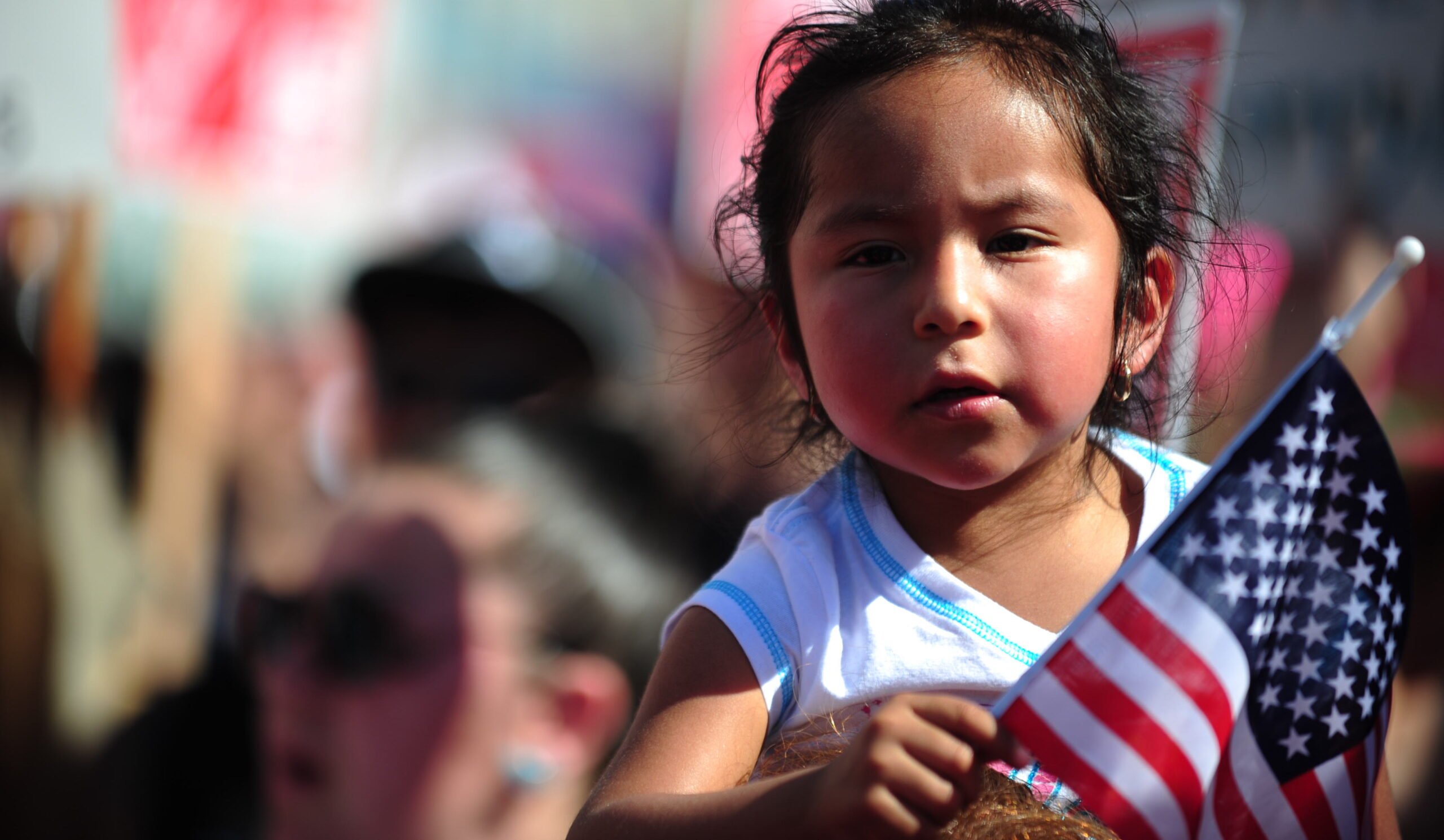ustxtxb_obs_1980_04_11_50_00008-00000_000.pdf
Page 3
Conversations with a Congressman Gonzalez of San Antonio Part II From Revolution to the Capitol Juarez, Villa, “La Prensa”, JFK By Ronnie Dugger San Antonio To the New World The forebears of Henry B. Gonzalez were Spaniards who became silver-mining aristocrats in Mexico. Landowners and politicians, too, they fought the Santa Annan tyranny, Championed the separation of church and state alongside Benito Juarez, helped administer the generation-long Porfiriata, were arrested by roving revolutionaries, and in 1911 escaped across the border to San Antonio just as Francisco Madero was crossing back into Mexico from San Antonio to lead the revolution. Five years later, on May 3,1916, Enrique B. Gonzalez, one day to serve as a representative to the Congress of the United States, was born at 217 Upson Street in San Antonio. The Gonzalez family trace their arrival in the area of the state of Durango in Northern Mexico back to 1561, one generation after the Spanish conquest and just 15 years after silver was discovered in Zacatecas. His people came from Vizcaya, the small Basque province on the Bay of Biscay about 50 miles northwest of Pamplona. The Basques, an independent people with their own language, live in both France and Spain, in areas bordered by the bay and enclosed by the western foothills of the Pyrenees. In Vizcaya there is a litte town named Durango. The Spanish in 1562-63 first explored the state of Durango, which was a major part of what they then called Nueva Vizcaya. The city of Durango was founded in 1563. For eight generations Gonzalez’ forefathers were mayors of Mapimi, a silver mining center due west of Monterey and north of the City of Durango in the Mapimi . Basin, the Bolsoti de Mapimi. In Spanish Mexico, the mines were owned by the crown and operated by those chosen. The work itself was done by native Indians who were in effect slaves.’ Ranchland and silver mining were the twin bases of the strength of Gonzalez’ family. “When my great-grandmother had been married,” he says, “her father ordered a pathway paved of silver from the door of the house to the door of the church.” Speaking strictly, one might call Henry Gonzalez Spanish 8 APRIL 11, 1980 Scotch-Irish. On his mother’s side three generations back, his, great-great-grandfather was a Scotch-Irish Presbyterian from Londonderry, Cosmo Prince, who arrived in Northern Mexico from Pennsylvania in the 1850’s and set up the first textile mill in the area. Henry’s maternal grandmother was named McMunn Bornhof Prince; his mother is Genoveva Barbosa Prince de Gonzalez. He used to kid President Kennedy, “We Irish have to stick together. On his father’s side, Gonzalez recounts, his great-greatleader of the liberal forces who resisted General Santa Anna in Lugo’s area. After the fall of Emperor Ittirbide in Mexico, Santa Anna proclaimed a Mexican Republic, and the constitution of 1824 created a federal republic in which all inhabitants, including Indians, could vote. The Lugos, great-great-uncles of the congressman, were members of the Coahuila-Texas legislature established under that constitution. But as Santa Anna turned into a tyrant he abolished the legislature, and Joaquin Lugo Cigarroa, in danger for resisting, “fled to the desert.” Henry’s grandfather, also named Joaquin, became friends with Benito Juarez, who ranks with Father Hidalgo and Emiliano Zapata among Mexico’s great heroes. Juarez, a poor Indian from the state of Oaxaca, became a lawyer, judge, governor, and finally the president. He fought the oppressive clergy and established a democratic federal republic. During what is known in Mexican history as the Battle of the Reform, Gonzalez’ Grandfather Joaquin came to know Juarez as they both struggled for the separation of church and state. “My grand i”. . the forced labor of the indios was particularly cruel,” wrote T. R. Fehrenbach in Fire and Blood, a History of Mexico. In “torchlit breathless tunnels, the indios hacked out ore which had to be carried to the surface in leather buckets. Workers carried 200 pounds of ore on each trip, up ladders and through narrow passages on their knees.” Workers died. Force was used they were kept chained or locked in pens. As time passed they were kept in slavery by a system that prohibited them from either making large loans or from leaving their employers while owing them any debt. The system cannot be understood, wrote Fehrenbach, “without understanding the continuing determination of the European society to remain masters of the land and people.” These descriptions are only general and do not refer specifically to Gonzalez’ forebears.


